Introduction
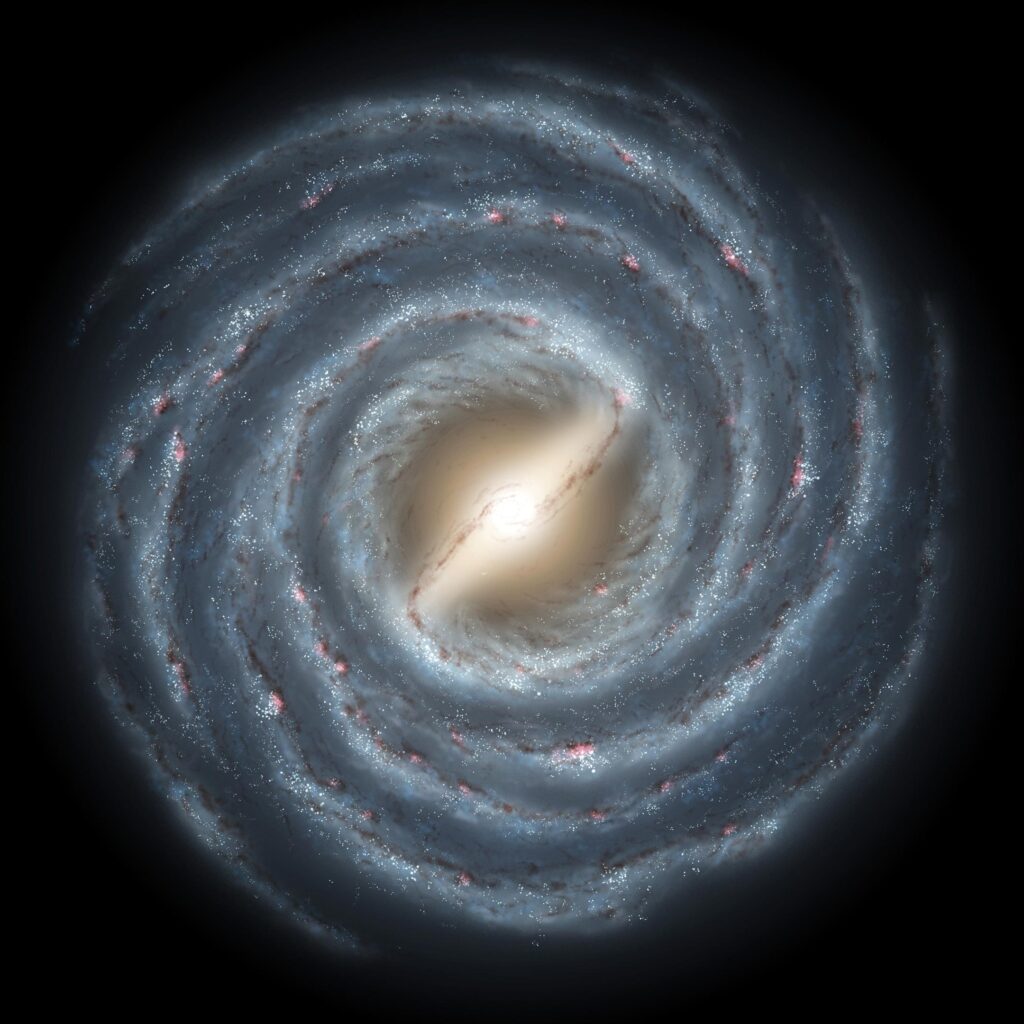
Have you ever met someone who could be your twin? That uncanny feeling of seeing your own smile, your mannerisms, your very essence reflected in another person? It’s a strange and captivating experience that connects us on a deeply human level. Now, let’s take that feeling and magnify it—not by a little, but by a factor of a hundred billion stars.
Imagine astronomers as cosmic matchmakers, scanning the depths of the universe with their powerful telescopes, not for a soulmate, but for a look-alike. Their mission: to find a mirror image of our entire home, the Milky Way galaxy. This isn’t just a theoretical exercise; it’s a profound quest to see our own cosmic home from the outside for the very first time. And as it turns out, we may have found our galactic doppelgänger, a stunning island of stars known as NGC 6744.
What Exactly Are We Looking For in a Galactic Twin?

Before we can meet the candidate, we need to understand the job description. What qualifies a galaxy, a collection of hundreds of billions of stars, as a “twin” of our own?
A true galactic twin isn’t a perfect, atom-for-atom clone. Instead, astronomers look for a striking family resemblance in several key areas:
- The Blueprint: A Barred Spiral. First and foremost, it must share our galaxy’s architectural style. The Milky Way isn’t a simple pinwheel; it’s classified as a barred spiral galaxy (type SBb). This means it has a prominent, straight bar of densely packed stars cutting through its center, with its majestic spiral arms sprouting from the ends of this bar. Any contender must have this same core structure.
- The Size and Scale. A twin shouldn’t be a dwarf or a giant. The Milky Way is about 100,000 to 150,000 light-years across. A worthy twin would be in a similar size class, with a comparable number of stars and overall mass.
- The Family. Our Milky Way doesn’t float through space alone. It’s orbited by an entourage of smaller satellite galaxies, most notably the Large and Small Magellanic Clouds. A true twin would likely have its own set of galactic companions, suggesting a similar gravitational history.
Finding a galaxy that checks all these boxes is like finding a needle in a cosmic haystack. But after years of searching, we have a front-runner that comes astonishingly close.
Introducing NGC 6744: A Portrait of Our Home, from 30 Million Light-Years Away
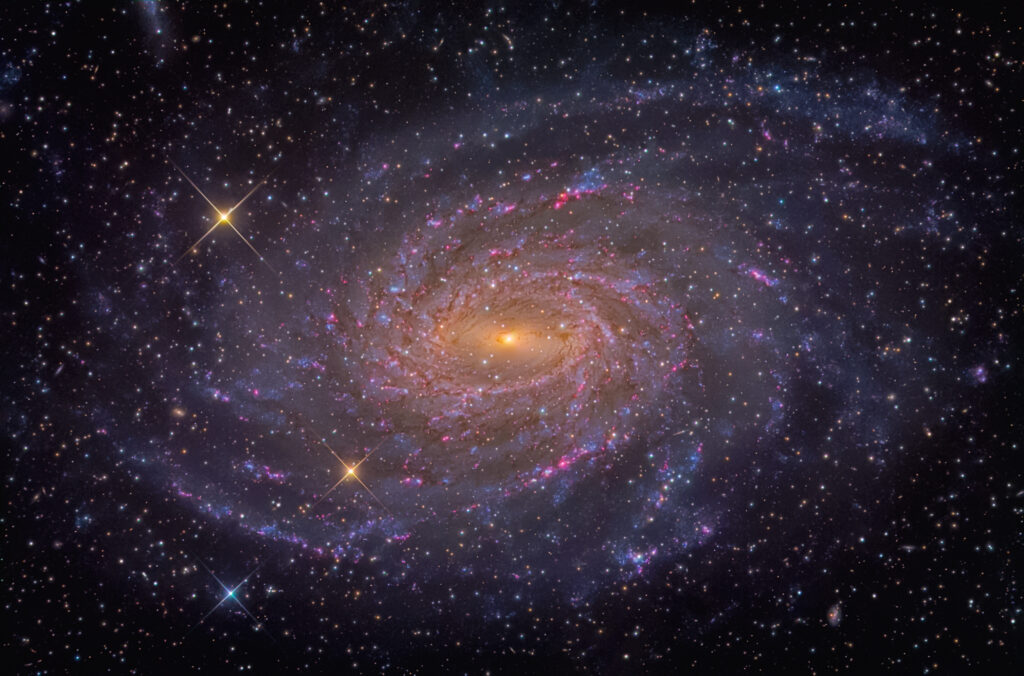
Meet NGC 6744, our galaxy’s mirror image. Located about 30 million light-years away in the southern constellation of Pavo (the Peacock), this galaxy is so similar to our own that if you could somehow swap places with it, you might not even notice the difference from a distance.
When you look at a telescopic image of NGC 6744, you are essentially looking at a portrait of the Milky Way. Let’s take a virtual tour of our doppelgänger:
- The Heart of the Galaxy: Just like in the Milky Way, the core of NGC 6744 is dominated by a bright, elongated bar. This structure is a stellar traffic jam, filled primarily with older, yellower stars. It acts as a cosmic engine, funneling gas and dust inward and helping to fuel the formation of stars.
- The Spiral Arms: Unwinding gracefully from the ends of the central bar are two magnificent, well-defined spiral arms. These arms are dotted with the pinkish glow of stellar nurseries—vast clouds of gas and dust where new stars are being born. The blue tinge throughout the arms comes from the light of massive, hot, young stars, which live fast and die young. This vibrant cycle of birth and death is exactly what we see in our own galactic neighborhood.
- The Companion: Perhaps one of the most compelling pieces of evidence is what orbits it. Just as the Magellanic Clouds dance around the Milky Way, NGC 6744 has its own small, irregular companion galaxy, visible in deep-field images. This tiny cosmic tag-along, interacting gravitationally with its larger host, reinforces the idea that we are looking at a system with a life story similar to our own.
While NGC 6744 is slightly larger than the Milky Way—spanning about 175,000 light-years—the overall impression is one of overwhelming similarity. It’s like seeing your twin, who just happens to be an inch taller.
The “View from the Inside” Problem: Why We Need a Twin
You might be wondering, why go through all this trouble? Why is finding a galactic twin such a big deal for astronomers?
The answer is simple, yet profound: We are stuck on the inside.
Imagine trying to draw a detailed, accurate map of your own house without ever leaving your bedroom. You could describe the furniture in your room perfectly, and maybe guess at the layout of the hallway, but you couldn’t possibly know the exact shape of the roof, the number of windows on the second floor, or the pattern of the garden path.
This is the fundamental challenge of studying the Milky Way. We are embedded within one of its spiral arms, about 26,000 light-years from the center. We can’t pack a bag and travel 100,000 light-years away to take a selfie with our entire galaxy. Dust clouds block our view of distant regions, and it’s incredibly difficult to map the grand structure of something you’re inside.
This is where NGC 6744 becomes our most valuable tool. By studying it, we get that coveted “bird’s-eye view.” We can see how its spiral arms connect, how the dust is distributed, how its companion galaxy influences its shape, and how star formation propagates through its disk. Every observation of NGC 6744 is a data point that helps us complete the puzzle of our own home. It’s the architectural blueprint we can never get from our vantage point inside the building.
A Family of Cousins: Other Galaxies in the Running
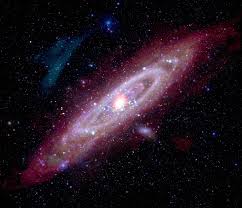
While NGC 6744 is often hailed as the number one twin, our Milky Way has other relatives in the cosmic family album. They may not be identical twins, but they are certainly close cousins.
- The Andromeda Galaxy (M31): This is our closest giant galactic neighbor and is often mistaken for a twin. But upon closer inspection, Andromeda is more of a big sister. It’s larger than the Milky Way, has a more traditional spiral structure without a prominent bar (though recent studies suggest a weak one), and its stellar population is older. The two are destined to collide in about 4.5 billion years, merging to form a new, giant elliptical galaxy.
- The Triangulum Galaxy (M33): Triangulum is the third-largest galaxy in our Local Group, after Andromeda and the Milky Way. It’s a pure, flocculent spiral, meaning its arms are patchy and less well-defined than our grand-design spirals. It’s also significantly smaller, making it a smaller, more distant cousin.
- NGC 1073: This is another barred spiral that bears a resemblance in certain images. However, its structure is less defined and it lacks the same scale and grandeur as both the Milky Way and NGC 6744.
These comparisons help us appreciate just how special the match with NGC 6744 is. It’s not just *a* spiral galaxy; it’s the one that reflects the specific, barred-spiral majesty of our Milky Way with the most fidelity.
The Future of Galactic Twin Research
The story of NGC 6744 is far from over. In fact, we are on the cusp of learning more about our cosmic twin than ever before, thanks to a new generation of space telescopes.
The James Webb Space Telescope (JWST) is a game-changer. While Hubble gave us breathtaking visible-light images of NGC 6744’s structure, JWST’s infrared eyes can peer through the obscuring dust that fills spiral arms. It can:
- Census Stellar Nurseries: Identify and study the earliest stages of star formation hidden within dusty nebulae.
- Analyze Ancient Stars: Probe the population of older stars in the galactic bar and halo, telling us about the galaxy’s formation history.
- Search for a Heart: Confirm the presence and properties of the supermassive black hole almost certainly lurking at its center, much like our own Sagittarius A*.
Every new pixel of data from JWST will not just tell us about NGC 6744; it will add another piece to the puzzle of our own existence. It will help us understand the life cycle of barred spiral galaxies, the stability of their arms, and the intricate dance between a galaxy and its satellites.
Conclusion: A Humbling Reflection in the Cosmic Mirror
Finding the Milky Way’s twin is more than a scientific achievement; it’s a philosophical one. NGC 6744 serves as a cosmic mirror, held up 30 million light-years away, showing us a reflection of our own home. It gives us perspective, context, and a profound sense of place in the universe.
We are not living in a completely unique or special galaxy. We are part of a common, beautiful, and dynamic structure—the barred spiral—that is replicated throughout the cosmos. This realization is both humbling and empowering. It connects us to the universe in a tangible way, reminding us that the processes that shaped our galactic home, gave birth to our Sun, and ultimately to us, are part of a grand, universal pattern.
So, the next time you look up at the faint, milky band of starlight arching across the night sky, remember its twin. Out there, in the depths of space, another galaxy spins in a silent, majestic dance, a mirror to our own, telling the story of who we are and where we live.
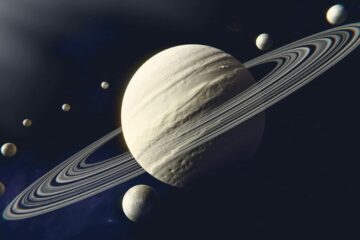
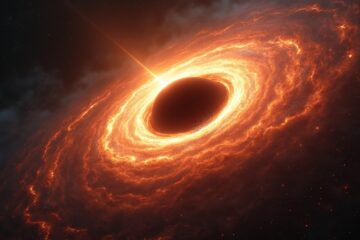
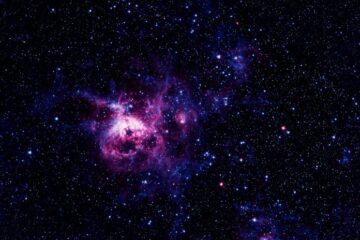
0 Comments